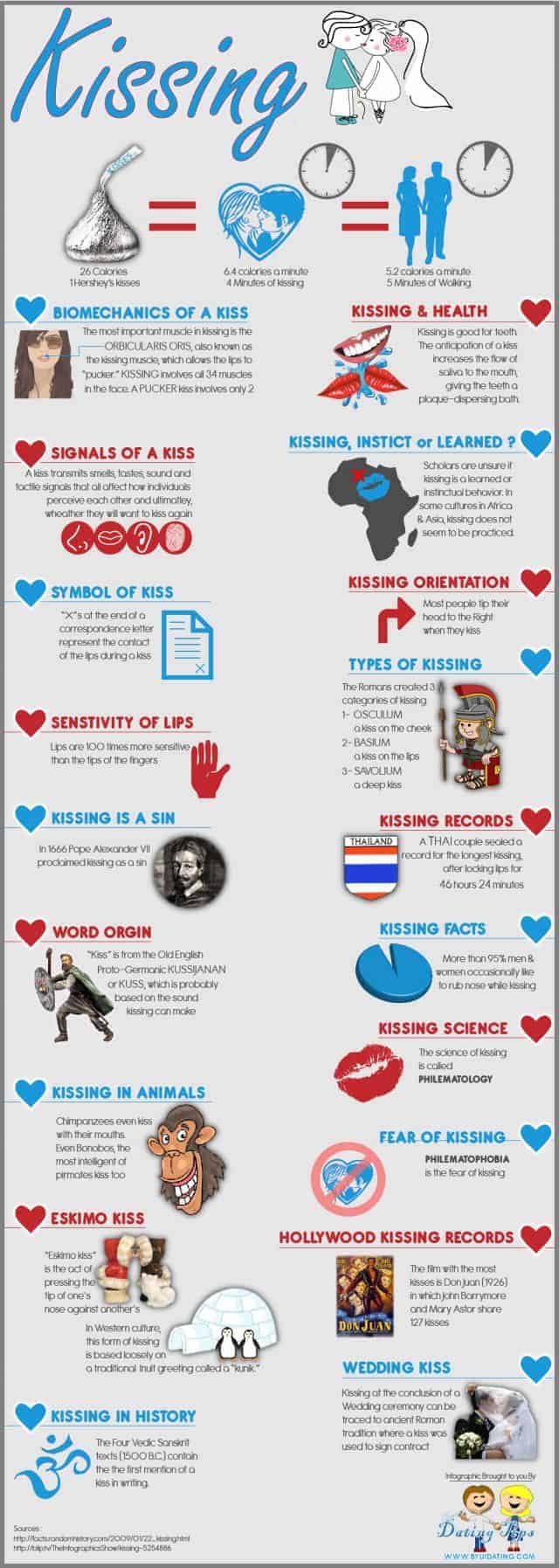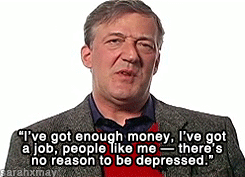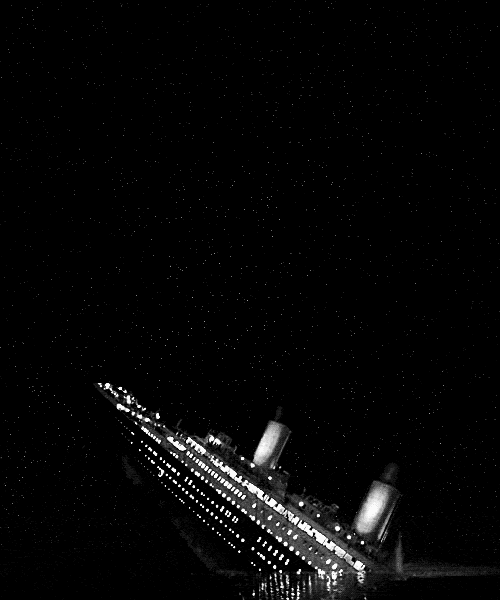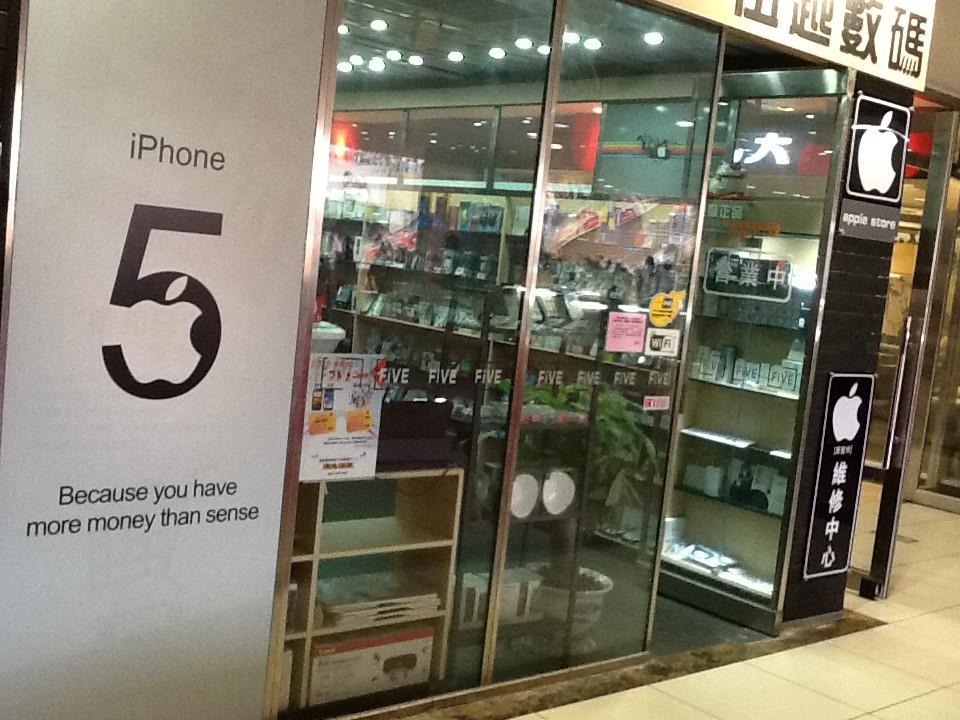Friday, February 15, 2013
Stop Working So Much (and how that helps you work better)
Read the full article
More and more of us find ourselves unable to juggle overwhelming demands and maintain a seemingly unsustainable pace. Paradoxically, the best way to get more done may be to spend more time doing less. A new and growing body of multidisciplinary research shows that strategic renewal — including daytime workouts, short afternoon naps, longer sleep hours, more time away from the office and longer, more frequent vacations — boosts productivity, job performance and, of course, health.
The World's Most Powerful Internet Connection Is Now in France
Alcatel-Lucent Unveils World's Most Powerful Broadband Infrastructure
Posted by: Bernhard Warner on February 15, 2013
- Tweet
- Google Plus
- 1 Comment
Were you among the many Kevin Spacey fans frustrated by streaming House of Cards? Don’t blame just Netflix; your bandwidth-hogging neighbors and your plodding broadband provider with its antiquated network are part of the problem, too.
Video now accounts for more than half of all consumer Internet traffic, which puts enormous constraints on high-speed broadband transmission lines. It’s about to get a lot worse, Cisco Systems (CSCO)predicts: By 2016, there will be 1.2 million minutes of video streamed or downloaded every second—the equivalent of 6 million years’ worth of video traveling across the Internet every month.
The future won’t necessarily be slow, however. Last week, Alcatel-Lucent (ALU) and France Télécom-Orange (FTE) announced they had successfully deployed the world’s most powerful broadband infrastructure, an optical-link, 400 gigabits-per-second line between Paris and Lyon. The first users will be French researchers in need of blazing-fast Internet access. Businesses and consumers will come online later.
At 400G, it’s four times faster than the current state-of-the-art, high-speed broadband network. Consumers don’t access this fat, intracity fire hose; we tap into smaller lines to our homes and businesses that represent a fraction of the potential of the entire line. Even so, a slice of the French line would still put today’s high speeds to shame.
Higher speeds mean downloading a high-definition, feature-length film in seconds, not the hour it can take today. With billions of things—cars, appliances, cameras, watches—expected to tap the Internet by 2020, demand will only rise. “That is the thing that all network providers are panicking about. That bandwidth requirement is not going away. In fact, it’s increasing,” says Ron Kline, a network infrastructure analyst at technology research firm Ovum.
The speed breakthrough in France suggests network engineers are on the brink of a solution to the coming massive bottleneck. Of course, the breakthrough gives French broadband customers living along the Paris-Lyon corridor some bragging rights, too. They now have access to the fattest pipe on the planet capable of supplying to their homes and businesses broadband speeds that will blow past even Google Fiber, the staggering 1 GB (or 1,000 MB) pilot service in Kansas City, Kan., considered the world’s speediest commercial service today.
In a few years, even this might look slow. By 2015 we’re likely to see commercial deployment of 1 terabit-per-second transmission lines, more than twice as fast as what Alcatel-Lucent announced last week in Paris. At which point Google Fiber may be one of many 1GB services on the market—crucial if we’re to watch House of Cards in one sitting.
Thursday, February 14, 2013
Wednesday, February 13, 2013
5-unexpected-factors-that-change-how-we-forecast-the-future
Full Article
We see the future in terms of technology, but if you actually want to do a better job guessing what will happen, it’s better to look at social, cultural, and environmental inputs.
WRITTEN BY: Jamais Cascio
When we think of "The Future," we have a tendency to think in terms of technologies. Whether it’s something as silly as a flying car or as banal as a new iteration of a mobile tablet, our images of what tomorrow will bring have a strong material bias. For everyday folks, this isn’t terribly surprising; our sense of what’s futuristic--whether via advertising or science fiction stories--zeroes in on stuff: robots, space ships, holograms, and so forth.
But those of us who do futures work professionally have to live up to a higher standard. When we think about what impacts the spread of (say) self-driving cars or 3-D printers will have, we have to consider more than the technical details. We need to think about people: how we live, how we use (and make) our stuff, and how we’re changing. These dynamics won’t necessarily show up in the narrative, but you should always ask how your forecast would affect--and be affected by--them:
1: CLIMATE
No surprise here. The farther out we look, the more we have to take into account the increasingly challenging impacts on our environment. Heat waves and drought will drive migration; anything that puts out carbon will be subject to restrictions. Financial resources will be redirected to adaptation and recovery.
2: DEMOGRAPHICS
Throughout the developed world, populations are getting (on balance) older and often more diverse. In the U.S., the Baby Boom is starting to hit retirement age in a big way, even as ethnic diversity is accelerating. How will this change your market? What kinds of interface or language changes will you need to make?
3: CHANGING SOCIAL PATTERNS
This is tricky, because a forecaster usually needs to avoid taking partisan positions in his or her work. But recognizing changing reactions to LGBT communities, for example, or the evolving role that religion plays in our lives is just being thorough. Another big one that’s too often missed: the transformation of the position of women in politics and economics.
4: POWER AND WEALTH
Another “third rail” dynamic, this includes the impact of economic inequality (both across and within nations), the existence of marginalized (but not necessarily powerless) communities, even the change from a primarily rural to a primarily urban planet. Will the subject of your forecast change economic and political balances? Could it be used to hack the status quo, or make it stronger?
5: ART
This may be a surprise, but art--from movies to music to comic books--is a rapidly changing measure of how people react to the world around them. How would your forecast be represented in artworks? How would your forecast change people’s relationships with the art they consume?
These aren’t the only possible forecast dynamics, but they give you a sense of what futurists look for when thinking about the future: context, breadth, and a chance to make explicit our assumptions about how the world is changing. We all have implicit models of what the future (or futures) could look like, and any set of scenarios we create builds on these models. By making the assumptions explicit, we have the opportunity to challenge them, expand them, and ultimately to give greater nuance and meaning to the forecasts and scenarios we create for broader consumption. That’s the basic rule of practical futurism: Create your forecasts like the future matters
Tuesday, February 12, 2013
ikea
March 9th - Bring friends to a local
IKEA

March 9th - Bring friends to a local
IKEA
store for a day of special perks & rewards.
The only thing better than improving life at home is getting the chance to do it with a close friend. On March 9th, bring your friends to an IKEA store near you for tons of activities, perks, food offers and more, including
- 14.7K
- 1471
- 64

- IKEA Gift Card giveaways
- Free IKEA blue bags
- Free breakfast with your coupon
- $5.00 off purchases of $25.00 in our
Swedish Food Market
The Untold Story Of How The Aeron Chair Was Born
the-untold-history-of-how-the-aeron-chair-came-to-be#1
ALMOST EVERYONE KNOWS THE AERON CHAIR AS A HIGH-TECH DESIGN CLASSIC. BUT FEW PEOPLE KNOW THAT ITS TRUE ORIGINS LIE IN A 10-YEAR EFFORT TO CREATE FURNITURE FOR THE ELDERLY.
Subscribe to:
Comments (Atom)














